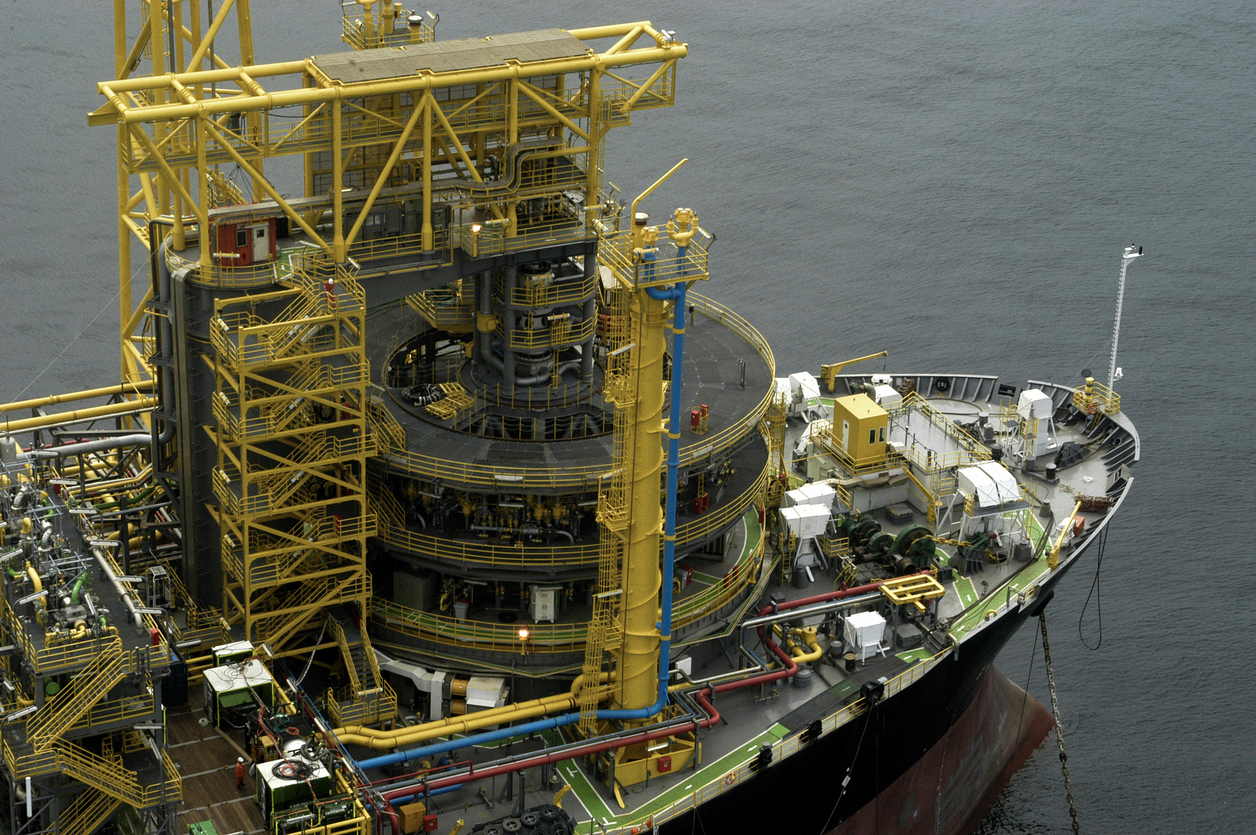Oil is one of the world’s most important sources of energy. It is extracted from the ground and refined to produce fuels, plastics and essential chemicals. Its importance to the global economy is immense, influencing everything from energy prices to geopolitics.
Major producing countries such as Saudi Arabia, Russia and the United States have a significant impact on the market. In this article, we will explore the different types of oil and their distinct characteristics, helping you understand how these variations impact the market and its use.
Fundamental differences
There are several criteria that distinguish types of oil, including density, sulfur content and extraction location.
In terms of density, oil can be classified as light, medium or heavy. This classification is related to the composition of the oil, which can be more or less concentrated in each of its byproducts.
- Light: has a higher concentration of derivatives such as gasoline, LPG (liquefied petroleum gas) and naphtha. It is the most valued type on the market;
- Medium: produces more diesel oil and kerosene;
- Heavy: has a higher concentration of fuel oils, lubricants and asphalt.
Density is measured using the API scale. Crude oils with a higher API gravity, such as light oil, are preferred because of their ability to produce high-quality products. In contrast, heavy oils with a lower API are used in products such as fuel oil, which have lower commercial value.
Sulfur content is also a differentiator. Oils with low sulfur content, known as “sweet,” are more valued because they are easier to refine and less polluting. “Acid” oils, with high sulfur content, require more complex and expensive refining processes.
Another important factor is location, which affects the cost of extraction and transportation. Oil extracted in shallow waters is cheaper to produce than oil found in deep waters, which require advanced technology.
Benchmarks
Reference oil grades, or benchmarks, are used to establish prices in the global market. They represent the average characteristics of a specific oil grade and serve as a basis for negotiations.
The main benchmarks include Brent, originating in the North Sea and used globally; WTI, originating in the United States and a reference in the North American market; and Dubai, important for the Asian market and with heavier and more complex refining characteristics.
These benchmarks are fundamental for oil trading, allowing transparent comparison and facilitating price formation in the international market.
Brent Oil
Brent crude oil is one of the most important benchmarks in the global oil market. It is extracted mainly from the North Sea and traded on the London Stock Exchange. This strategic location contributes to its global relevance, as it facilitates transportation and distribution to European markets and beyond.
One of the main characteristics of Brent is its lightness and low presence of sulfur, which classifies it as a high-quality light oil. This composition makes Brent more desirable for the production of noble fuels, such as gasoline and naphtha, which are widely used in the petrochemical sector.
In the market, Brent serves as a basis for pricing other types of oil. Its price is often used as a parameter to calculate the value of other oils, such as that from the Marlim reserve in Brazil.
WTI Oil
The term WTI stands for West Texas Intermediate, one of the best-known types of oil used as a reference in the market. Extracted mainly from Texas, in the United States, WTI is a light oil, characterized by its low density and reduced sulfur content. These characteristics make it ideal for the production of high-quality fuels, such as gasoline and naphtha.
When compared to Brent, WTI has a few key differences. While both are classified as light oils, WTI generally has a higher API gravity, which indicates an even higher quality. Additionally, WTI is traditionally traded on the New York Mercantile Exchange, which heavily influences oil prices in the United States.
Another crucial distinction between WTI and Brent is the location of their extraction. Brent comes from the North Sea, while WTI comes from onshore fields. This impacts transportation costs and, consequently, the final price of each type of oil. Understanding these differences helps in price analysis and strategic decision-making in the global energy sector.
Dubai Oil
Dubai Oil, also known as Fateh, is a crucial benchmark for the Asian oil market. Extracted primarily from the oil fields of the United Arab Emirates, Dubai Oil serves as a price marker for the Middle East region. Its strategic location makes it essential for oil trade in Asia and the Indian Ocean.
In terms of characteristics, Dubai crude is classified as a medium oil, with a higher density and sulfur content than Brent and WTI. This means that it is heavier and contains more impurities, which can influence its use and price in the market. Despite this, its regional importance and proximity to Asian markets make it a key reference in the pricing of other oils in the region.
Compared to Brent and WTI, Dubai crude has a distinct profile. While Brent and WTI are known for their lightness and low sulfur content, Dubai is heavier and has a higher sulfur content. This difference affects not only its price, but also its processing and application.
Conclusion
Oil is a complex resource, with several variations that influence everything from operating costs to global pricing. Each type has distinct characteristics, such as density, sulfur content and extraction location. In addition, benchmarks such as Brent and WTI serve as important references for negotiations and pricing in the international market.
These factors are crucial for oil production and marketing strategies. Therefore, understanding this topic is important not only for professionals in the energy industry, but also for investors and companies that depend on oil for their operations.
About ALTAVE
ALTAVE is a Brazilian company, accredited as a Strategic Defense Company (EED), with patented technology in Brazil and abroad. The company has obtained CE marking, indicating the approval of its product quality to be marketed throughout the European Union.
ALTAVE has been offering solutions in intelligent monitoring for over 10 years for the Oil and Gas, Energy, Mining, Agribusiness and other sectors.
Let's have a chat?
Contact us to learn more about how our solution can help your company!





